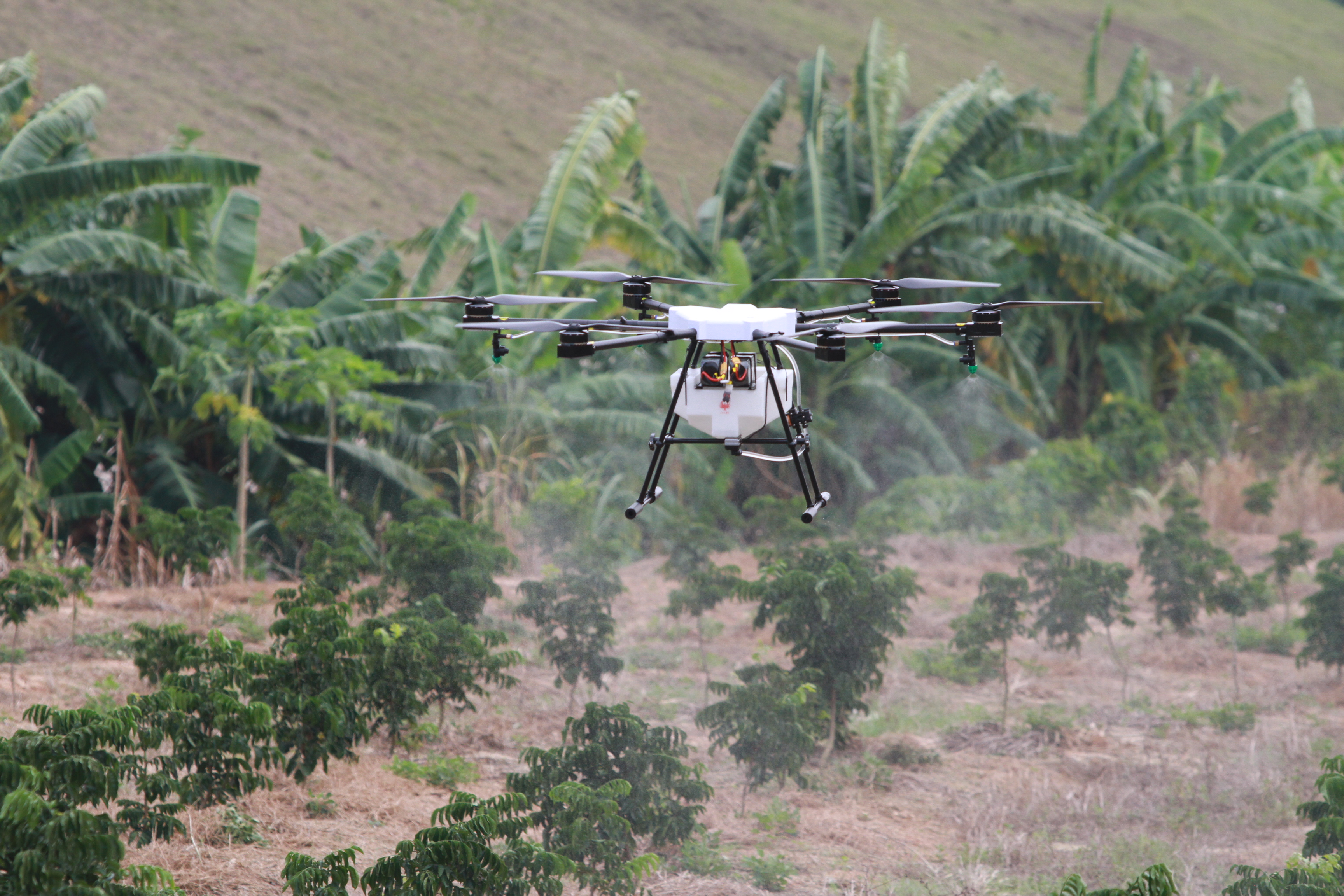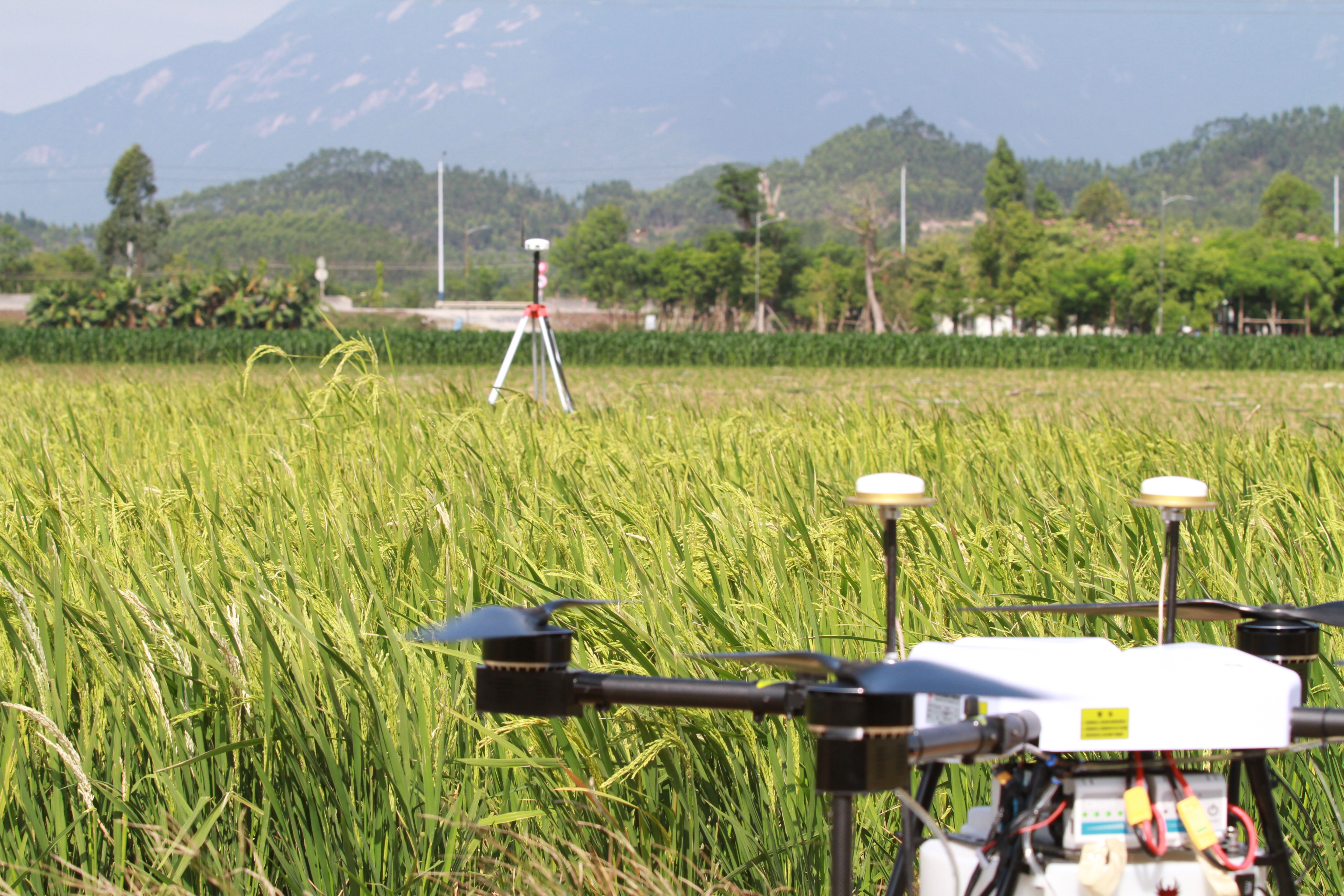Research on Measuring Large Diameter Accuracy by Raising the Roller Method
Large-scale mechanical equipment, such as turbines, steam turbines, large generator sets, and large bearing rings, often requires high-precision measurement of their large diameters to ensure accurate control of the diameter size during the machining process. Measuring large diameters presents a series of unique challenges, including small-scale measurement and online measurement. Currently, several methods are used: 1) The π rule is employed for measurement, which is simple but suffers from significant errors and limited accuracy. 2) Using a large caliper can lead to numerous insurmountable difficulties as the caliper must increase in size with the measured diameter. 3) Although electronic calipers offer higher precision, their measurement range remains limited. 4) Scale-based methods are more advanced but are costly and not easily suitable for online measurements. 5) Measuring the circumference of the object using a roller and calculating its diameter offers flexibility, as it is not restricted by the geometry of the workpiece and allows for easy online measurement. This method has been widely used for decades due to its advantages. However, the roller method is theoretically error-free, but practical issues like slippage between the roller and the workpiece can introduce errors, limiting the improvement of measurement accuracy. Solving the problem of slippage at the contact point between the roller and the workpiece is crucial for perfecting this technology.
1 Roller Measurement Principles and Measures to Improve Accuracy
The principle of measuring large diameters using the roller method is illustrated in Figure 1. It involves using a roller to measure the circumference of the object under test, then applying the relationship between the circumference and diameter to calculate the diameter:
D = L / π

Figure 1 Roller diameter measurement
Here, L represents the perimeter of the device under test. Therefore, the accuracy of the measured diameter D depends on the precision of the perimeter measurement. To ensure accuracy, the roller must be pressed against the device under test with sufficient pressure, allowing it to roll without slipping. When the device under test rotates, the relationship between its rotation and the roller's rotation is given by:
n π d = N π D
D = (n / N) * d (1)
Where n is the number of revolutions of the roller, N is the number of revolutions of the device under test, d is the diameter of the roller, and D is the diameter of the device under test. This approach addresses the issue of small-scale measurement and facilitates online inspection. However, the key condition is that there should be no slippage between the device under test and the roller. Unfortunately, slippage remains a persistent challenge in this method. To mitigate this, several measures have been taken to reduce slippage and improve measurement accuracy.
1.1 Aligning the Axes of the DUT and Roller
During installation, the axes of the device under test (DUT) and the roller must be parallel, as shown in Figure 2(a). This ensures that both rotate in the same plane across all radial sections. If the pressure deformation between the two is ignored, the contact is a point contact, as seen at point A in Figure 1. Since the two rollers rotate at the same linear speed, there is no relative motion at point A, and the arc lengths they cover are equal, indicating no slippage. However, if the axes are not strictly parallel, the roller axis may deviate from the DUT axis by an angle θ, as shown in Figures 2(b) and 2(c). In such cases, the rotation speeds differ, leading to slippage. By adjusting the roller shaft to align closely with the DUT axis, the slippage can be minimized, improving measurement accuracy.
1.2 Reducing Friction on the Roller Shaft
Friction between the roller shaft and the bearing affects the roller’s rotation. Minimizing this friction helps reduce slippage. An air-bearing system was designed, featuring a hollow top filled with high-pressure gas. The structure uses throttling to create a thin air gap, reducing friction significantly. This air flotation mechanism allows the roller to float, minimizing direct contact and further reducing slippage compared to traditional bearings.
2 Data Acquisition
Data acquisition involves measuring the number of revolutions of the device under test (N) and the roller (n). A mark on the DUT triggers a photoelectric switch, generating pulses for each revolution. These signals are amplified and converted into digital form before being counted by a computer. For the roller, Moiré fringe technology is used, where a circular grating on the roller shaft generates 10,800 pulses per revolution. The microcontroller (e.g., 8031) counts these pulses and calculates the diameter using formula (1). Additional circuits, such as inverting amplifiers and Schmitt triggers, enhance signal integrity and accuracy.
3 Programming
With the hardware in place, the program flowcharts (Figures 5 and 6) guide the counting and calculation processes. The microcontroller manages the timing and counting functions, while the 8255A interface sends the calculated diameter to an LED display. This system ensures real-time, accurate measurement of large diameters.
4 Conclusion
The roller method, when optimized with effective accuracy improvements, significantly enhances measurement precision and repeatability compared to conventional approaches. Despite challenges like slippage, the roller method remains a convenient and reliable technique for online measurement of large diameters, making it a valuable tool in industrial applications.
Â
Â

Â

Â
Drone Farming,Crop Spraying Drone,Agriculture Drone Spraying,Use Of Drones In Agriculture
shenzhen GC Electronics Co.,Ltd. , https://www.jmrdrone.com